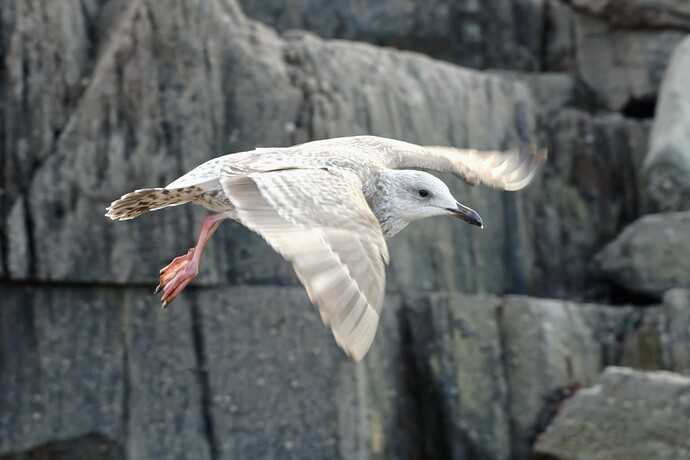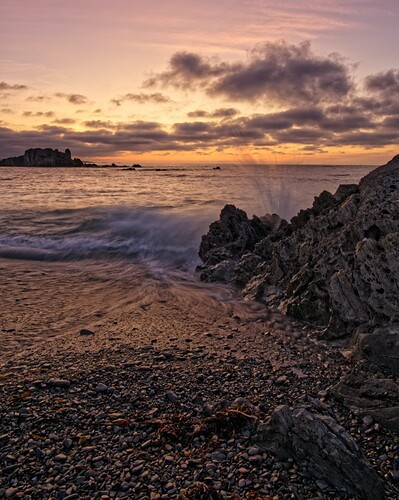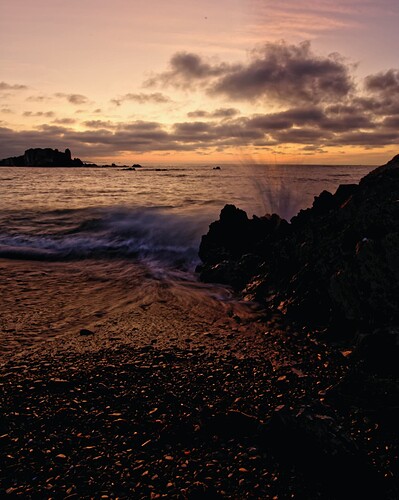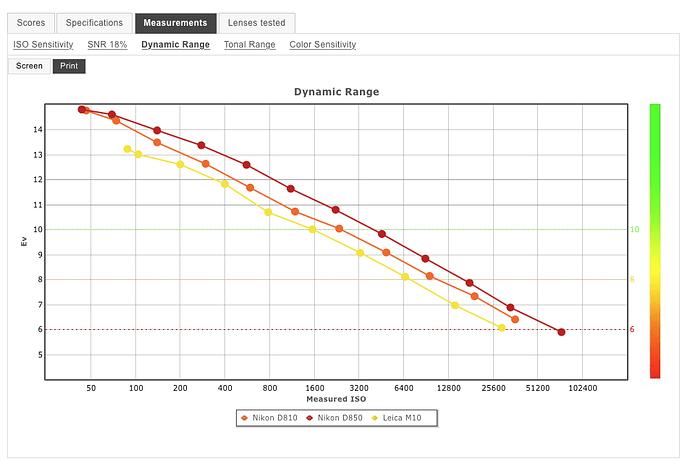This is going to be true for most of us some of the time.
But, take this image as an example…
At first glance, it might appear to be a fairly low contrast subject but, in fact, it fills the histogram end to end without any adjustments.
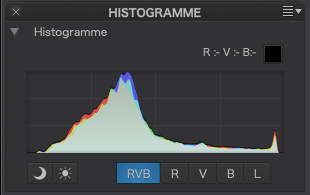
Whereas, if you take this shot, exposed for the sun on the left of the sky…
… at first glance, the histogram shows that the shadows are severely blocked…
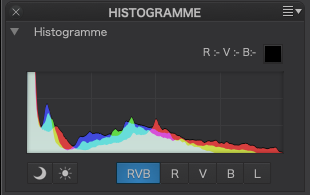
And yet, after using PL, the result is…
… with a histogram…
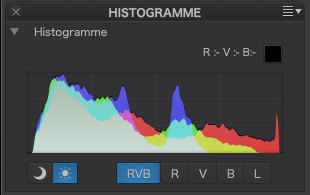
See @platypus reply for an explanation of “squashing” 14 bits of information into an 8 bit histogram.
But histograms do not determine how many levels of tone that a camera can record, they are just a (very imperfect) way of trying to show the distribution of those different levels of tone.
If I take the original image of the waves on the rocks, with no adjustments, and export it to JPEG, I’m going to get approximately the same JPEG image that I would have got if I had shot it in JPEG on the camera.
If I then apply the same adjustments to that JPEG file in PL as I did to the RAW file, I get…
… with a histogram of…
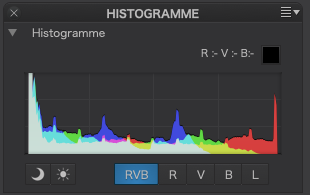
Compare that to the corrected RAW image and histogram and you will see that the JPEG image is “cruder” in its representation of colours, especially of the pebbles on the beach in the foreground. And the histogram is decidedly “lumpy”, where @platypus explanation of bunching levels together has forced the many subtle levels into one bunch with the same level.
In fact, your M10 has the same bit depth (14 bits) as your D750, so there is no difference in the number of bits.
But, where there is a difference is in the way the sensor reacts to a range of light falling on it.
You can see that both the Nikon cameras can be used at lower ISO than the Leica: the D810 at 64, the D850 at 32, but the Leica can only go down to 100. Apparently, this is a major contributing factor to the wider dynamic range, with the Leica having a range of 13 stops but the Nikons both able to cope with 14.8 stops. When you consider the each stop is double/half the luminance of its predecessor, that means, not roughly 1/5 more range, but 4x more “range”.
Not forgetting that, if you don’t use the minimum ISO, you are not going to get the full, advertised, dynamic range. For example, at 1600 ISO, with your Leica, you only get 10 stops, with the D810 you get 10.7 and the D850, you get 11.6 - the D750 comes out at 11.2 (better than the D810)
Which is why, for your sunset shots, your Nikon would be the better choice, even at 1600 ISO, because it can cope with twice the difference between minimum and maximum light levels, thus yielding better shadow detail if you ETTR.
